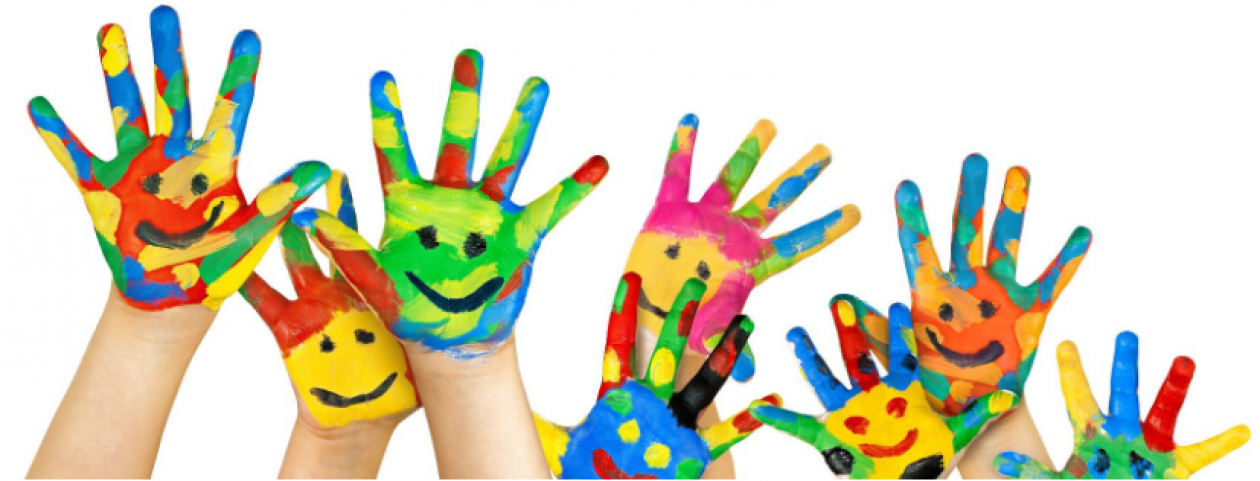Get your wee ones to peg on the missing number in this simple but
fun counting exercise.
What you need:
• Craft sticks or paper or anything you’re happy to write on and be able to add a peg
• Felt pens
• Clothes pegs
What to do:
1. Start by drawing numbers one to ten on
a craft stick or paper making sure to miss out and
leave space for one of the numbers each
time.
2. Take the clothes pegs and draw the
numbers from one to ten on the outside
of the part that usually attaches to the
clothes.
3. Lay everything out for your wee ones and see if
they can fill in the blanks by attaching the
clothes pegs to the right part of the craft
stick.
4. Perfect for their number recognition and you also
get them to work on their fine motor
skills while you’re at it.


















